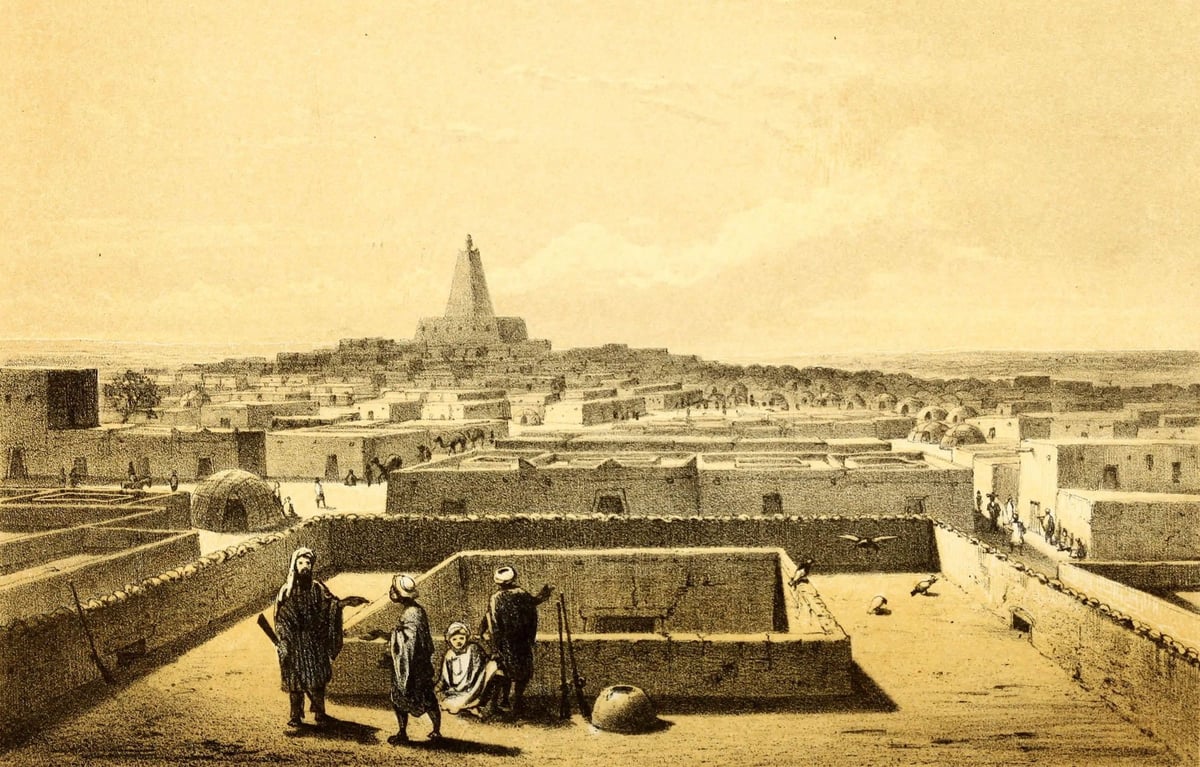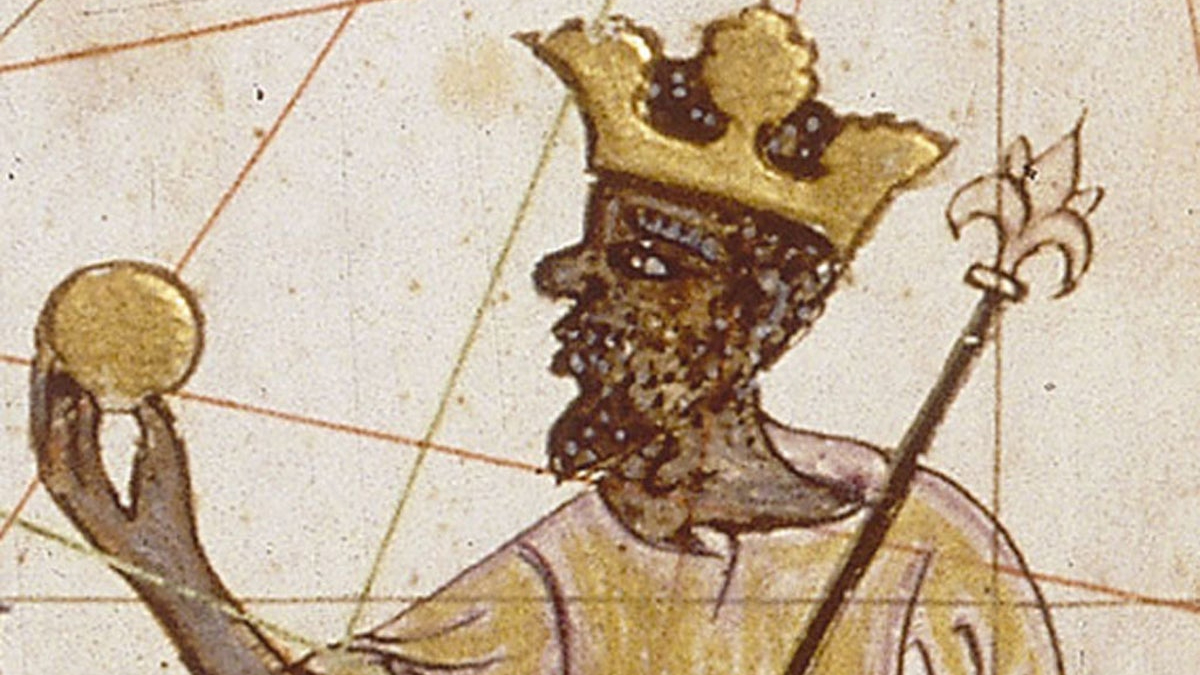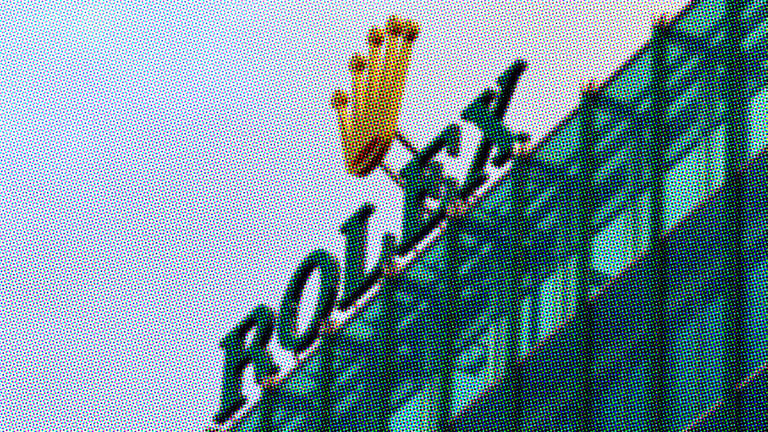We talk a lot about rich people on Boss Hunting. The Amazon guy spent X amount of money on this, the Tesla guy earned X amount of money off that. It’s great stuff. But roughly 700 years before the NFTs or the trips to space, one man was able to put up figures that still put the elite to shame. Introducing Mansa Musa, the richest man to ever live.
You would be forgiven if that name is unfamiliar to you; the history of West Africa, for whatever reason, is often not covered in schools. Mansa Musa (Musa I of Mali) was the ruler of the kingdom of Mali from 1312 C.E to 1337 C.E and historians have seemingly been grappling with the extent of his wealth ever since. As Rudolph Butch Ware, associate professor of history at the University of California, would tell you:
“Contemporary accounts of Musa’s wealth are so breathless that it’s almost impossible to get a sense of just how wealthy and powerful he truly was.”
RELATED: Jeff Bezos Is Now Worth $200 Billion… Let’s Put That Into Perspective
While some estimates put Musa in the trillionaire sphere, for all intents and purposes we will use the inflation-adjusted figure put forward by the Celebrity Net Worth website back in 2012: US$400 billion (~AU$561.4 billion). Let’s break out the calculator. That is roughly:
- 2x Elon Musk (US$202 billion)
- 3x Bill Gates (US$131 billion)
- 4x Warren Buffett (US$103.1 billion)
It’s all chump change to the king. With that being said, here is the story of the man behind such an incredible fortune. Where did he get it? How did he spend it?

The Story of Mansa Musa
The word ‘Mansa’ is Mandinka for ‘sultan’ or ’emperor’. In 1312 C.E., the previous Mansa, Abu Bakr II, disappeared at sea aboard a large fleet of ships that set out to explore the Atlantic Ocean. Mansa Musa inherited a kingdom that was already wealthy. At this point in time, most of Europe was struggling financially due to a decline in gold and silver production. As you will find, none of that was present here.
Most of Musa’s riches came from mining significant salt and gold deposits in the Mali kingdom, as well as elephant ivory. His work in expanding trade made Mali the wealthiest kingdom in Africa.
He was also a successful military leader that was able to capture 24 cities, annex the city of Timbuktu, and reestablish power over Gao. For reference, Mansa ruled over modern-day Mauritania, Senegal, Gambia, Guinea, Burkina Faso, Mali, Niger, Nigeria, and Chad.
In 1924 C.E., Mansa Musa performed what can only be described in the present day as the greatest flex of all time. To fulfil one of the five pillars of Islam, Mansa Musa set out on a 4,000-mile (6,400-kilometre) pilgrimage (hajj) to Mecca with a 60,000-strong caravan. Complete with 1,000 attendants, 100 camels each loaded with 136 kilograms of gold, his personal own musicians, and 500 slaves bearing gold staffs, this journey spread the news of his wealth throughout the Mediterranean.
RELATED: Egypt Completes Restoration Of 3,000-Year-Old Luxor Temple Sphinxes
In fact, it literally put him on the map. The Catalan Atlas, created in 1375 C.E. by Spanish cartographers, depicts Mansa Musa sitting on a throne, holding a nugget of gold in one hand and a golden staff in the other. It was here that Mansa Musa became forever cemented in the global imagination as a figure of inconceivable wealth.
It’s understandable considering how much he gave out on his journey. Mansa Musa was known to frequently bestow gifts upon dignitaries that he met with, including the Sultan of Egypt. On his stop in Cairo, he gave so much gold out to the poor that it caused mass inflation for the next 12 years. The trip also prompted the Portuguese naval raids of Mali that would begin in the 15th century.

But the king’s riches were only an aspect of his overall story. On top of being stupidly rich, he was also a man of faith, education and philanthropy. After his return from Mecca, Mansa Musa began to revitalise cities in his kingdom. He built mosques and large public buildings such as the legendary Djinguereber Mosque in Timbuktu, which still stands.
When Mansa Musa died in 1337 C.E, he was succeeded by his sons. Though the empire would eventually fall apart, his administration was able to leave it in a dominant state at the time of his death.
Since accounts of his wealth stem from centuries-old testimony, it is impossible to know for certain how wealthy he truly was. There is the possibility that some stories about the man were exaggerated at this time. We are left to only imagine what an appearance from Mansa Musa on The Joe Rogan Experience would entail.














